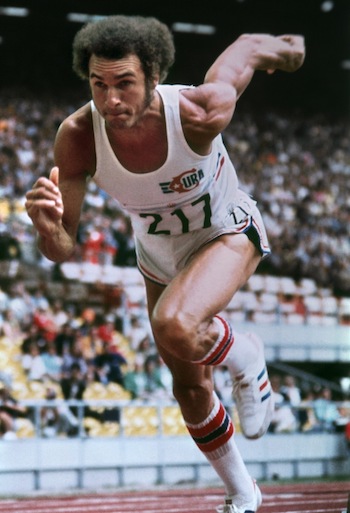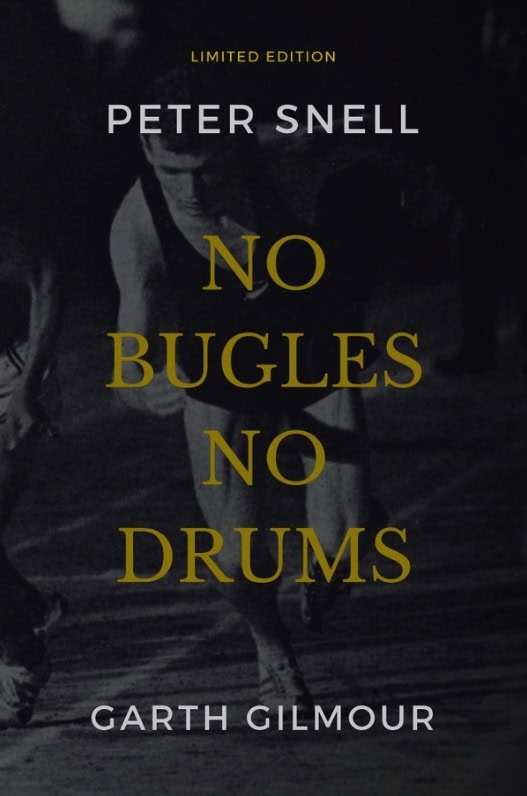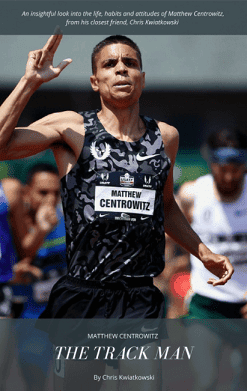‘El Caballo’
The Training of Alberto Juantorena
© 2021 Runner’s Tribe, all rights reserved
“The secret to being a good runner is that you must sacrifice your life for it. You must train hard; eat well, with not too many parties and not too much sex. You must have a lot of discipline, and, over everything else, you have to really want to do something. And you must get a lot of help from your family.” – Alberto Juantorena
Sources
- Running with the Legends, by Michael Sandrock
- SPECIFIC TRAINING FOR THE 400-800M RUNNER By Alberto Juantorena, translated by Victor Lopez
Nicknamed ‘El Caballo’ (the horse) for his stallion-like power, Alberto Juantorena brought glory to Cuba by becoming the only athlete to win the 400/800 metre double at an Olympic Games.
- DOB: 12th November 1950. Santiago, Cuba.

- 400m: 44.26
- 800m: 1:43.44
Highlights
- Olympic 400m Gold, Montreal 1976.
- Olympic 800m Gold, Montreal 1976.
- Former 800m world record holder.
Stallion-like power
Juantorena oozed with talent. Before his career got underway, off very little training and wearing basketball shoes he clocked a casual 1:07 over 500m. After six months of basic training, he ran a 400m in 46.7.
Juantorena was also tough. He built a reputation in Cuba as being the guy that could push himself harder than anyone else. It is reported that he often ran interval sessions so hard that he would collapse and sometimes require his body to be packed in ice to help lower his body temperature.
Calisthenics & Altitude
Juantorena’s training was a little unique when compared to many 800/1500 type runners.
Calisthenics was an important element to his training.
Although Juantorena did not train at altitude much during his career, he had this to say about its benefits leading into the Tokyo Olympics
“Another factor I believe contributed, to a large extent, to the shape I reached in Montreal was the 4 week stay for training purposes in Mexico’s intermediate altitude (2,400m above sea level) where the partial oxygen pressure decreased by altitude made my organic system develop compensating mechanisms to make up for the deficit during work and recovery. My hemoglobin and the metabolic capacity for oxygen consumption increased, as well as the possibilities of assimilation of the toxin produced by the 200m interval work of which I did the highest volumes in altitude.”
General Training Phase
Like many great runners, Juantorena used a periodization method.
The first period of training involved ‘General Training’. This went from October to February and was designed to build strength and endurance. Juantorena reports that during this period:
“We used to run on sand in hills, two times day, up to 25 kilometres a day; 15k in morning, 10k in evening.”
However, it is clear that he didn’t just run lots of kilometres during this phase. Juantorena reported after his career ended, somewhat contradicting himself, that:
“It is evident that there are no large volumes of kilometres and that the main feature of the whole training program is the application of distances very close to the competition distance with a high relative intensity”

Below is an example of a typical week during this ‘General Training’ phase. The below information was written by Juantorena and has been summarised and referenced in the source section above.
- Monday 11/6/71 – Objective: General endurance and rhythm
- Warm up run + speed gymnasium (calisthenics)
- 3 x 50m
- 8 x 500m at 1:26.5 (medium effort).
- Tuesday 11/7/71 – Objective: Strength
- Warm up run + gymnasium (calisthenics)
- 4 x 50m
- Weights
- 10 x 100m getting faster with every rep.
- Wednesday 11/8/71 – Objective: General and special endurance
- Warm up run + gymnasium
- Mixed runs on sand, grass; total: 4 km
- Thursday 11/9/71 Day off
- Friday 11/10/71 2. Repetition of Tuesday
- Saturday 11/11/71 3. Repetition of Wednesday
- Sunday: Rest.

Competition Training Phase
After 3-4 months of this ‘General Training’ Juantorena commenced more intense speed work. This involved lots of interval training – repetitions of 150s, 200s, 300s, 350s and 500s as well 600s, 1000s and 1200s.
One common session he liked to do was 20 by 200m. Juantorena stated:
“When I was peaking, they would be in 21, 20.5, and 20.8. Very free, very smooth”
A typical week of training during the speed specific period is outlined below. The below information was written by Juantorena and has been summarised and referenced in the source section above.
- Monday
- Warm up run + gym work
- 2 km run cross country
- 5 x 350m fast
- 6 x 200m (fast) + skipping 5 x 200 + cross (uphill skipping). All done fast.
- Tuesday
- Warm up run + gym
- 3 x 100m getting faster with each rep
- Starts from blocks 3 x 30m
- Speed 10 x 200m. (Average speed 23.6 seconds)
- Wednesday
- Warm up run + gym
- 3 x 100m getting faster with each rep
- 5 x 600m (average 1:25.6)
- Thursday 03/18 1
- Warm up run + gym
- 2.9 km cross country run
- Friday
- Warm up run + gym.
- Strength special exercises, jumps over hurdles.
- 3 x 100m getting faster with each rep.
- Starts off blocks –3 x 30m
- Speed 8 x 200m (average speed 23.18 sec)
- Saturday
- Warm up run + gym.
- 3 x 100m getting faster with each rep
- Starts off blocks 3 x 100m
- 2 x 600m (average 1:21.9) + 2 x 400m (average 48.25).
- Sunday: Rest.
End

WATCH: Men’s 800m Final at 1976 Montreal Olympics